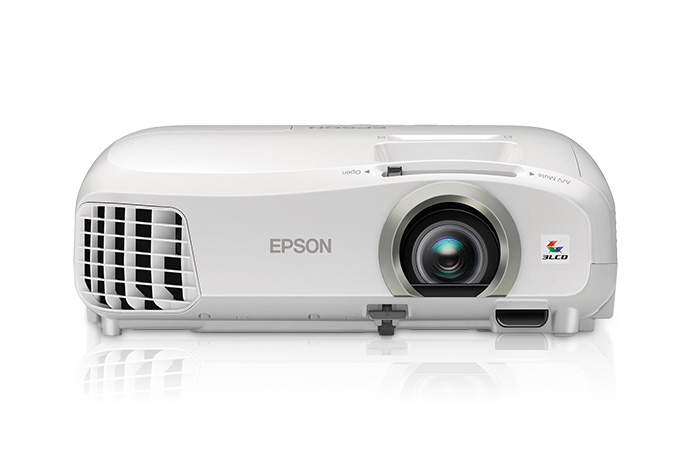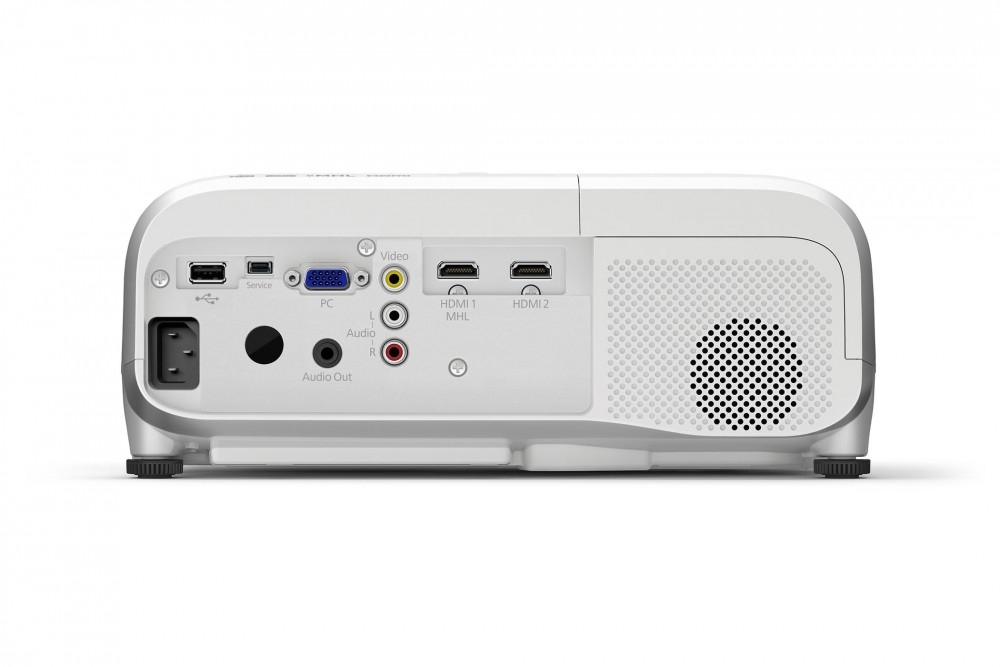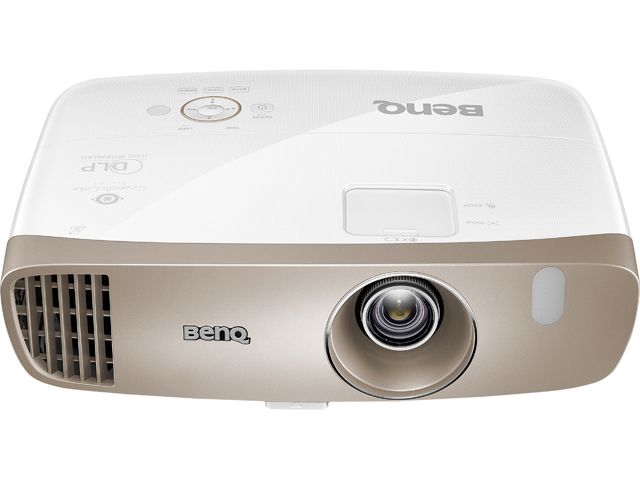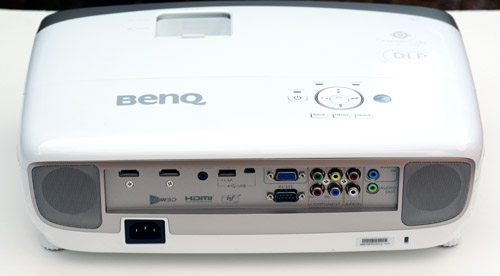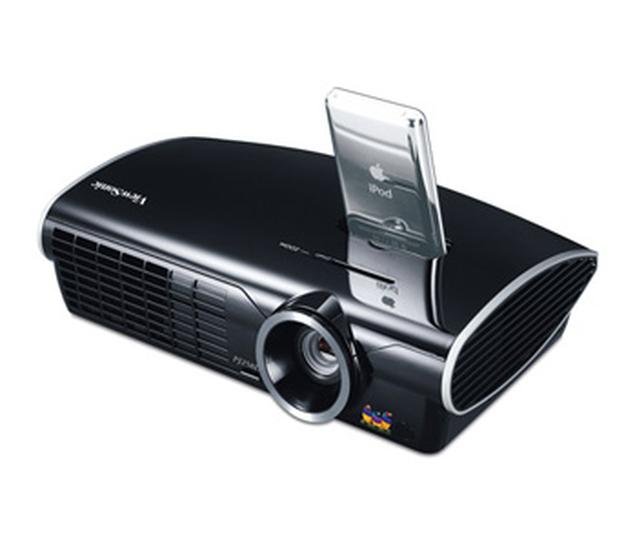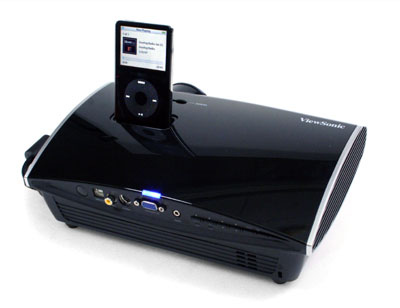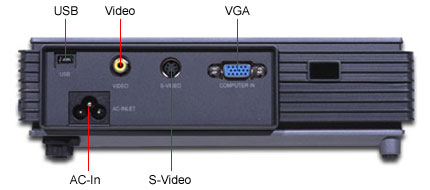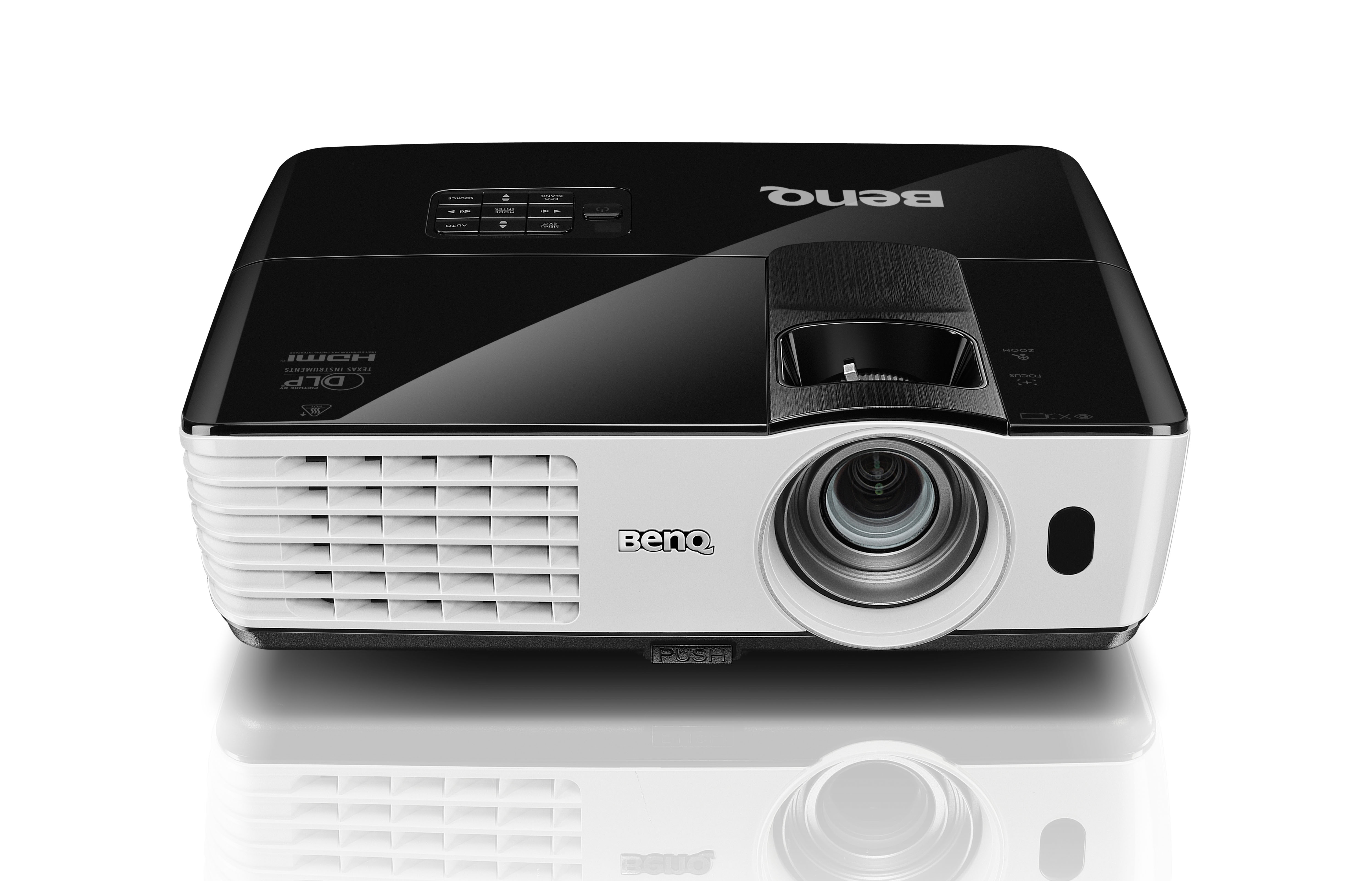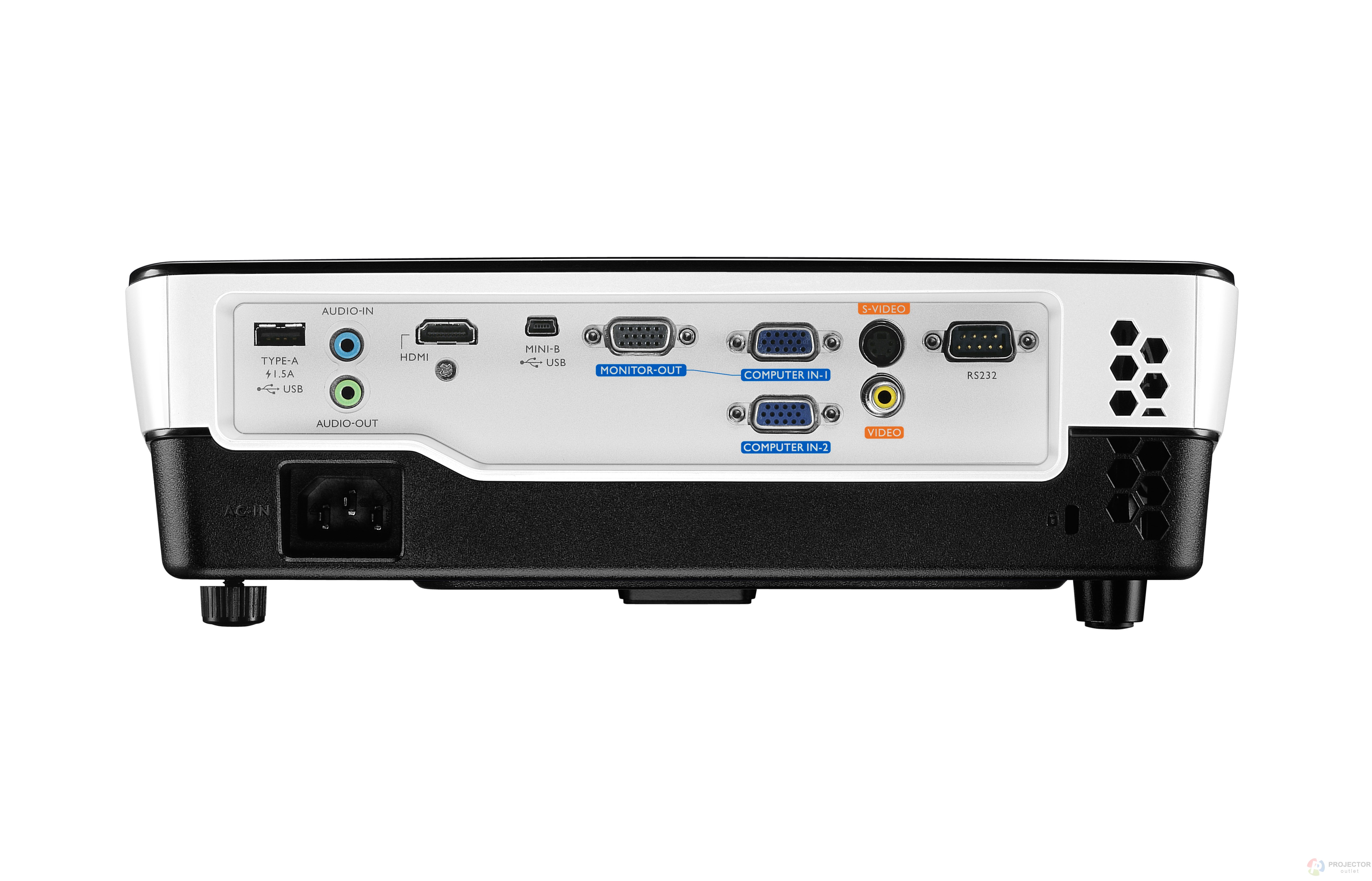What makes the HD28DSE different from other Optoma projectors released in 2015? For starters, the HD28 is the DARBEEVision Special Edition, hence the DSE suffix. DARBEEVision is an advanced image processing system that adds detail, clarity and saturation to images, and it’s rare for a projector of this price to be equipped with the technology.
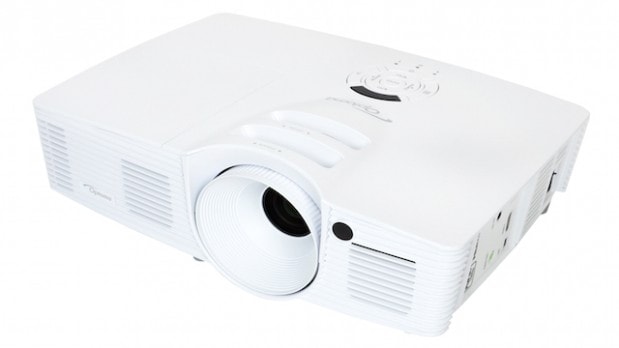
What’s more: The HD28DSE is competitively priced for the entry-level home theater projector segment. It starts at $799, which seems middle-of-the-road in terms of pricing for feature-rich budget-friendly home theater projectors. For example, the Optoma GT1080 and the BenQ HT1085ST – both of which are best sellers in the category – cost $699 and $899 respectively and offer a similar set of features.
Finally, this Optoma delivers many of the features that are now common-place for entry-level home theater projectors: HDMI connectivity with MHL, Full HD 3D, a super long lamp life, 3,000 lumens of brightness, and a 30,000:1 contrast ratio. This long list of features makes the HD28 a favorite in this hotly contested category.
Why the Optoma HD28DSE Stands Out.
The Optoma HD28 does many things right, but there are a few areas in which the projector excels where others do not. This includes:
- DARBEEVision: DARBEEVision technology is designed to completely enhance images, adding additional layers of depth. For example, when DARBEEVision is engaged, shadow detail, clarity and color saturation are all enhanced, and viewers can choose which level to set the feature from 0% to 120%. This feature is especially useful for video gaming and some animated movies, as it draws out the details and boosts contrast. Yet, when used at the largest settings, DARBEEVision has been known to cause a “soap opera” effect, meaning the image looks unnatural.
- Portability: Although it’s not as unique, the HD28 is a super portable projector. For starters, it weighs just 5.7 pounds. Plus, it’s equipped with horizontal and vertical keystone correction, as well as a four corners adjustment system. This enables operators to quickly adjust the image to fit the screen.
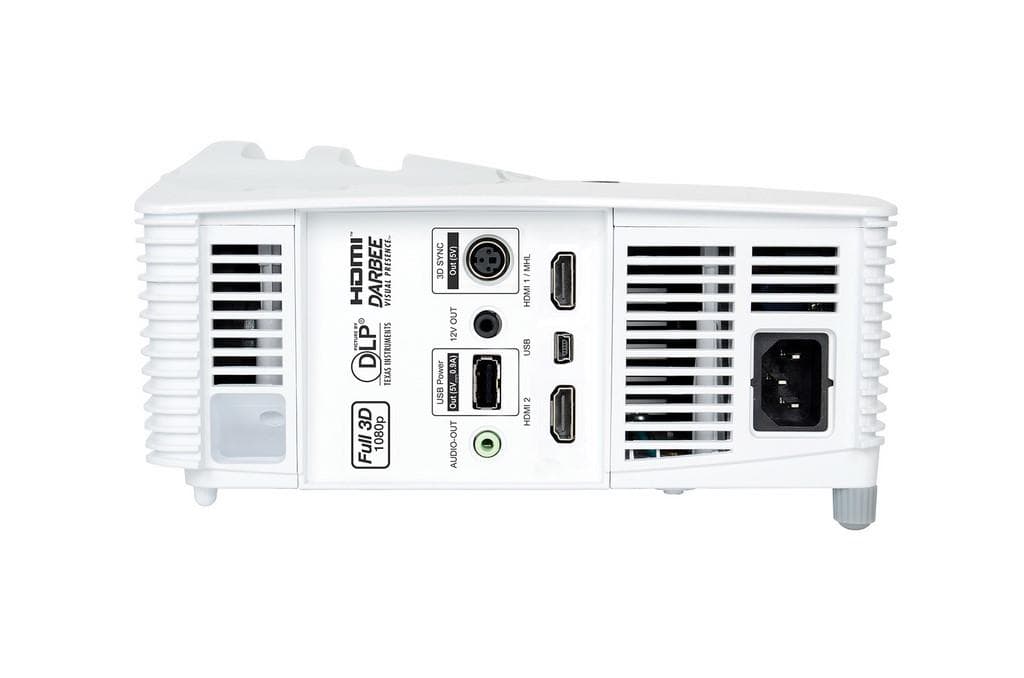
Optoma HD28DSE Inputs
Other Deciding Factors
In addition, the standard specs for the HD28 make this an attractive piece of hardware. Specs include:
- 3,000 Lumens ASNI Brightness
- 30,000:1 Contrast Ratio
- 4,000-, 6,000-, 8,000-hour lamp life settings
- Built-in 10W speakers
Bottom line, for a home theater projector priced at $799, the HD28 provides a range of features, powerful image and color performance, and it is super portable. It is an ideal projector for home entertainment and would be at home in any living room.
